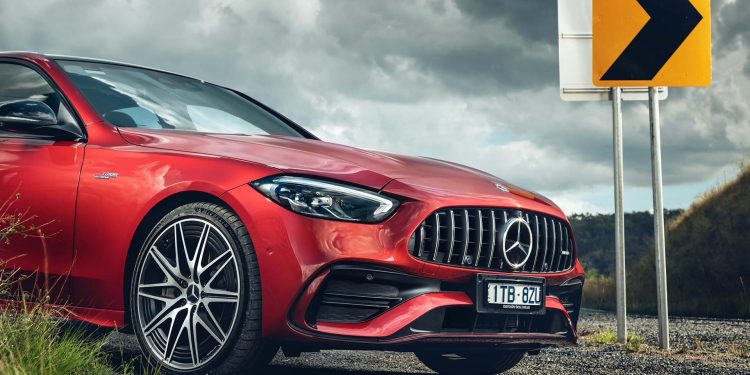Mercedes counters bad fiscal news with promising future tech
Words NZ Autocar | Images Autocar UK, Motor1
After an almost 40 per cent slump in profit last year, Mercedes-Benz Cars expects 2025 will be even more difficult.
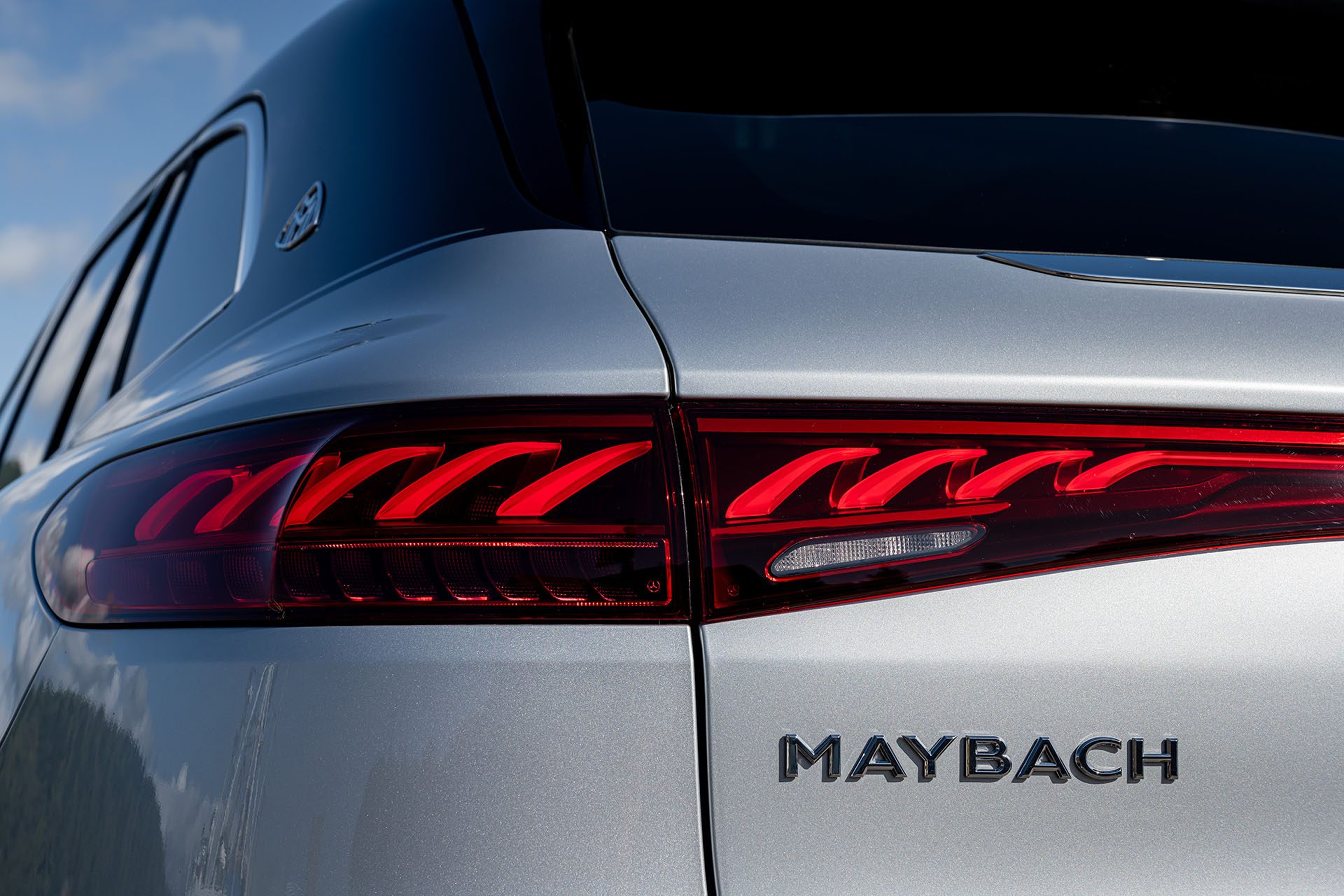
It says that the profit drop resulted from a fall in sales of its ‘top-end’ models. These included Maybachs, AMGs, G- and S-Class models.
As a result, the company has said it aims to cut ten per cent from the cost of building a car by 2027. Earnings from car-making slumped from €14.3 billion in 2023 to €8.7bn last year.
The company said that a fall in the price of the cars it sold was partly responsible. A three per cent reduction in deliveries contributed to the decline.
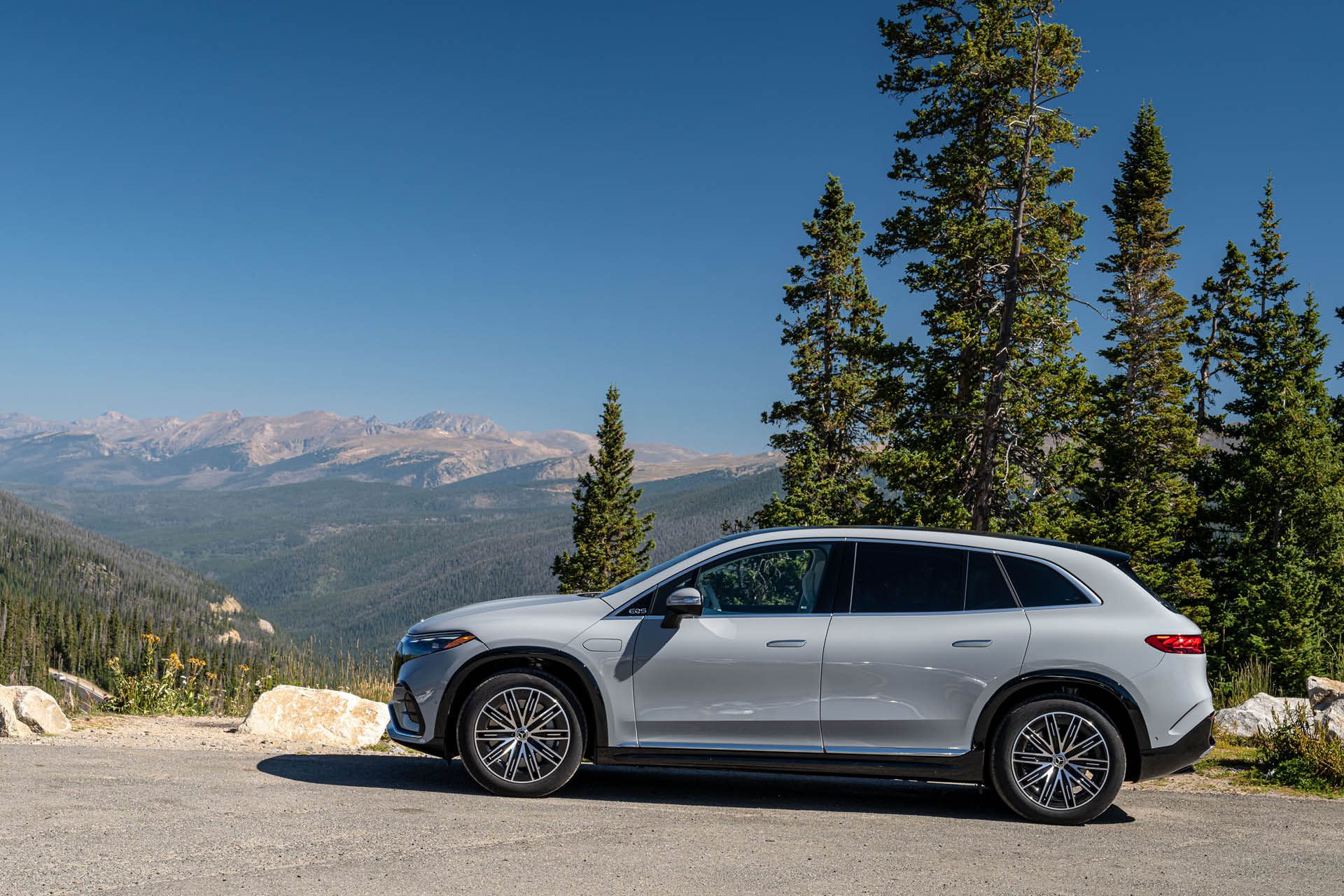
Combined sales of the S-Class, GLS, EQS and EQS SUV models dropped by one-quarter over the year. Demand for these was particularly slow in China.
Atop all that, R&D costs for future platforms and technologies remained high. It plans to launch 21 new cars over the next two years. Among those are the new C-Class and GLC.
The Mercedes van division and financial services also saw profits drop.
Another area where Mercedes can cut costs is by promoting its agency sales channel. Here, cars are sold directly to buyers.
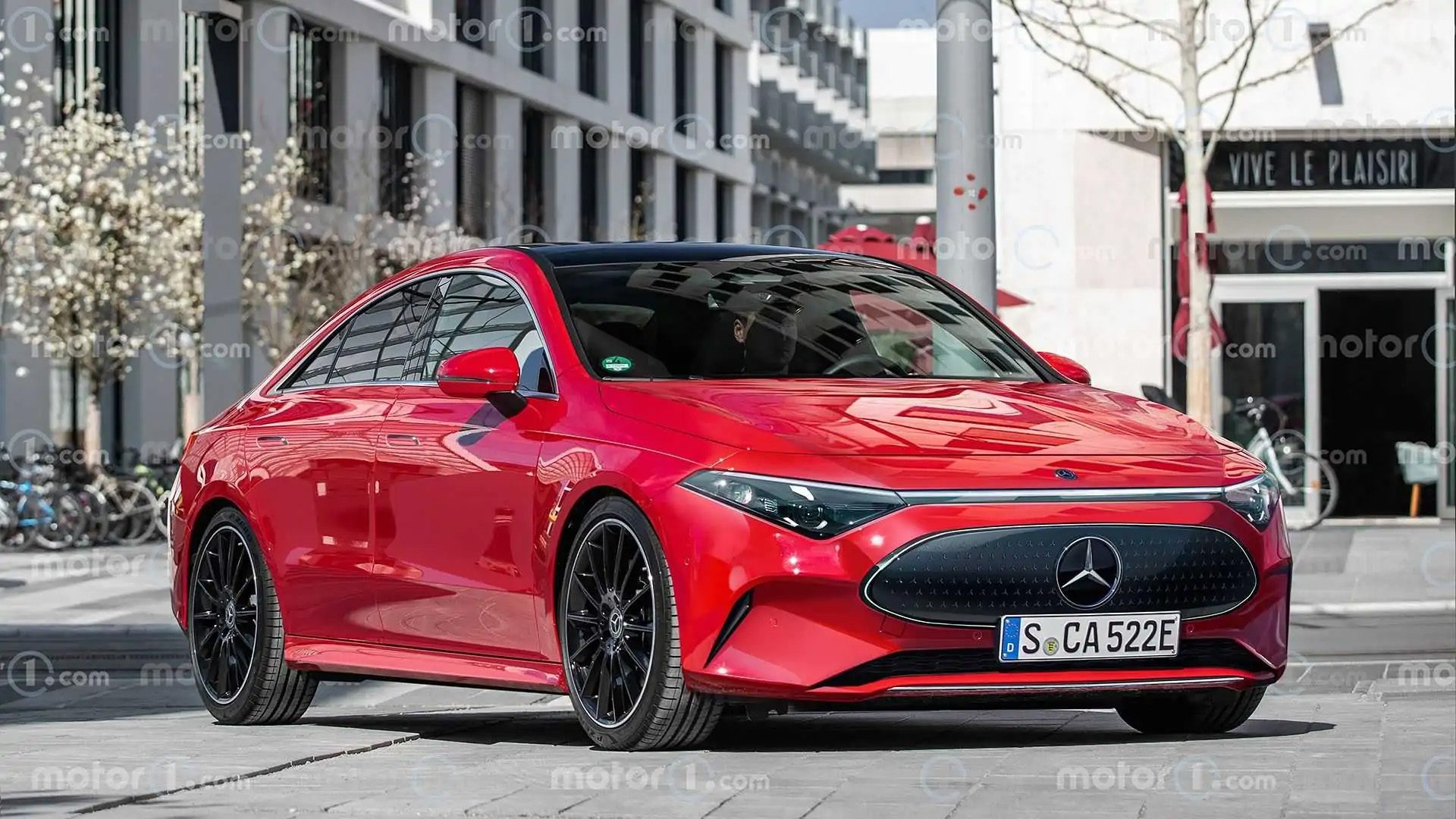
Mercedes Group CEO Ola Källenius said: “We are taking steps to make the company leaner, faster and stronger, while readying an intense product launch campaign for multiple new vehicles starting with the all new CLA” (pictured above).
Meantime, he suggests 2025 will be difficult, expecting sales volumes and returns to fall further, as will profit margins.
On the upside, the company is now testing a solid-state battery that could deliver range of almost 1000km per charge. It should go into production before 2030.
The technology is being co-developed by Mercedes and US-based Factorial Energy.
Read more on the solid-state battery.
Within the battery housing is a carrier system that permits expansion and contraction of materials inside the battery cells for improved stability and longevity.
The solid-state technology offers roughly a 25 per cent hike in range compared with a similar sized lithium ion battery.
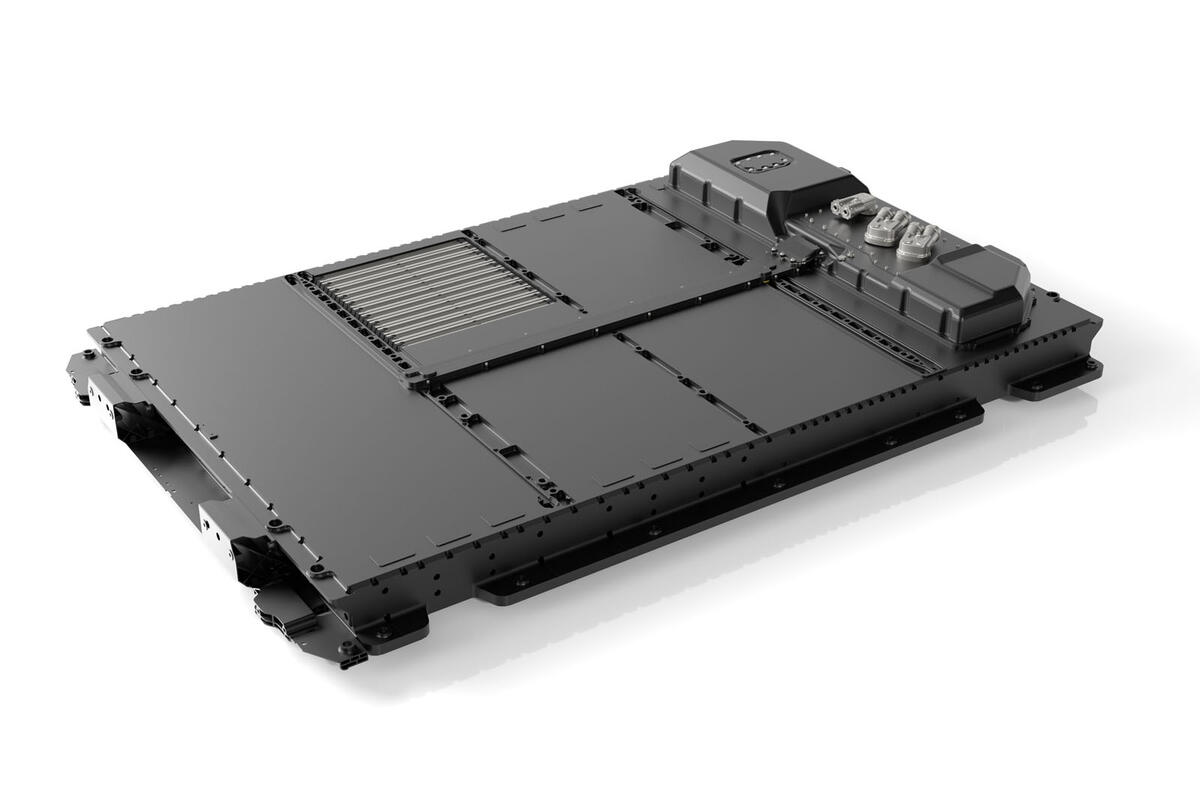
Factorial Energy says the battery cells have an energy density of up to 391Wh/kg. Charging capacity exceeds 106Ah. The pack includes a lithium-metal anode and polymer separator.
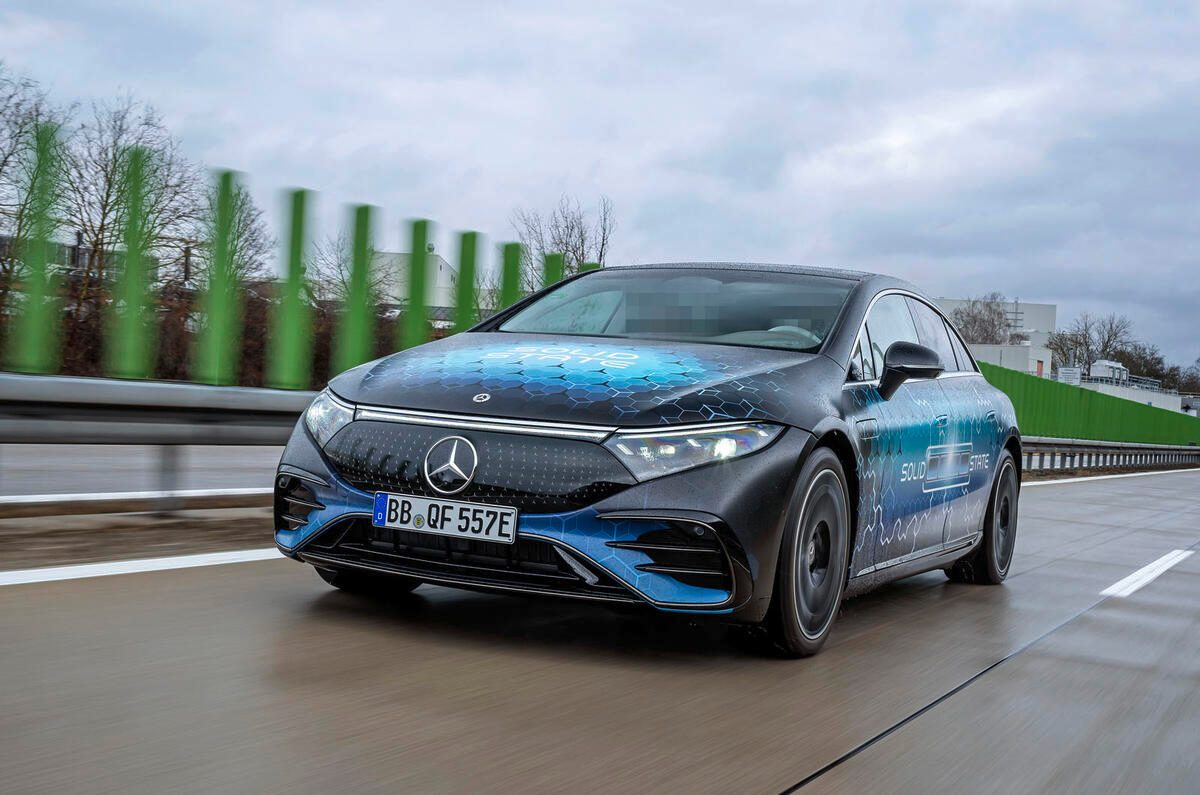
Evidently this technology is entry-level solid state. Mercedes and Factorial Energy are also developing a more advanced version in which the polymer separator is replaced by a sulphide-based solid electrolyte. The target is an energy density of 450Wh/kg and an estimated 80 per cent range increase over today’s lithium ion batteries. Furthering power efficiency and performance are new-generation silicon carbide inverters and power electronics.
A new compact development concept showcasing this technology is due for release soon.


